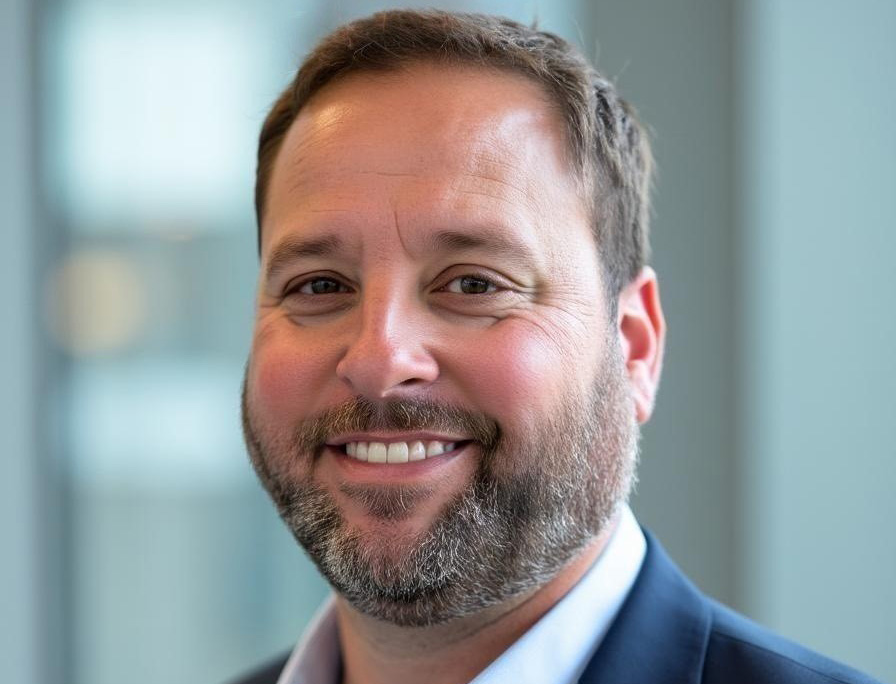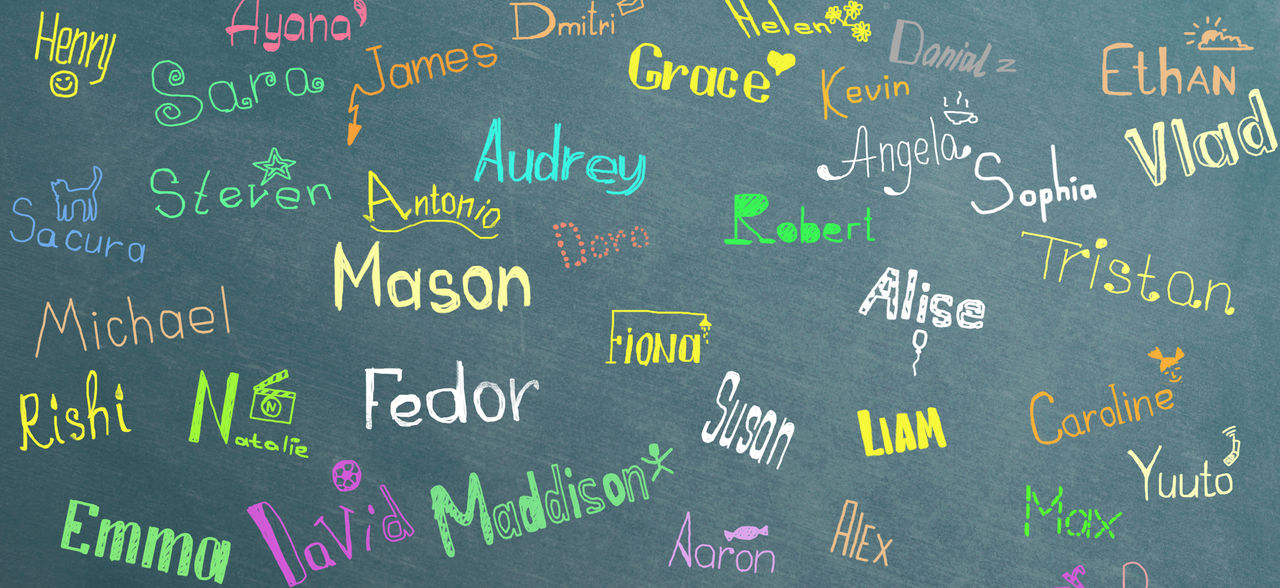2025-26 Michigan Teacher of the Year Corey Rosser is a social studies teacher at Quest High School in North Branch Area Schools in his 22nd year of teaching.
A couple of years ago, my co-teacher was taking a class towards his master’s degree with the subject being “establishing a positive relationship with students.” The first video started out with this advice: You should try to learn all of your students’ names.
Great advice, but I had never previously considered it to be an option to not know the names of my students.
In fact, if that’s the only thing you know about your students, even the best lesson planning stands little chance of connecting with them.
Pre-pandemic, with learning technology moving at a breakneck speed and virtual learning on the horizon, many of my colleagues felt uneasy about the potential to no longer be needed. The pandemic-related shutdowns of 2020-21 proved most learners do not thrive in isolation. The key ingredient missing was the positive relationships and role modeling provided by teachers.
As a teacher, the most powerful tools we possess are the relationships we make with our students. While curriculum and instruction are critical, authentic growth rarely happens apart from human relationships.
I have found this to be true across the board in all areas. When students are heard and seen, they feel valued. Students will show up more because they know someone is going to miss them. They’ll be more likely to participate, try things and push through challenges. “How was your weekend?” can be the start of trust.
These small moments accumulate, giving a space where students know they matter beyond their grades. A simple trick I use is to ask a lot of questions and make notes. It sounds too easy to work. If a student says they have a job interview Thursday, make a note on your calendar for Friday to ask how the interview went. Ask if there is a question they can share with the class that may benefit all students to consider. Ask about their baseball team. Ask about their favorite band shirt. Ask … ask … ask. Follow up a week later.
Establishing relationships also facilitates the development of a classroom culture based on respect and empathy. The students start to learn to support one another more, listen more attentively and work well together. When they see the teacher taking care and being consistent, it makes them want to do the same.
Often lost in the “relationships” conversation is expectations. Relationship-building does not imply that we don’t have high expectations. It means we express those expectations with empathy. We learn what pushes our students, what they struggle with and how they best learn. That allows us to teach more responsively and effectively.
Lastly, the best classrooms are learning communities. Like any community, a classroom’s strength lies in the strength of its relationships. When students know that their teacher has faith in them and is interested in who they are as individuals, the potential for personal and academic growth is boundless.
To calm my colleagues’ fears, I am working as a consultant with the University of Michigan in developing immersive virtual reality learning options. My role is minor, but there are some brilliant minds at work that will help us lead our students into their future! I can assure you, the teacher will be needed more than ever! Education is not simply a case of getting content across – it’s about connection. And it starts with us.

